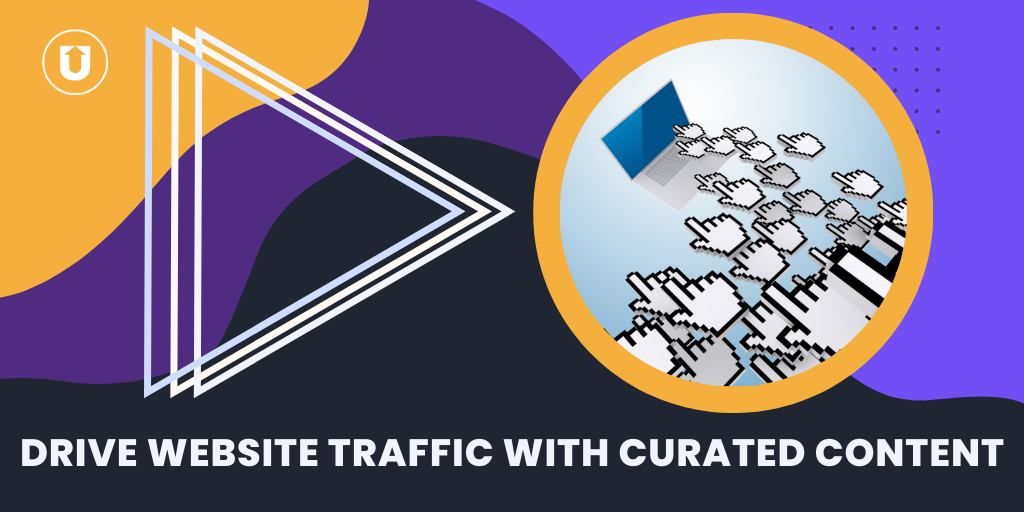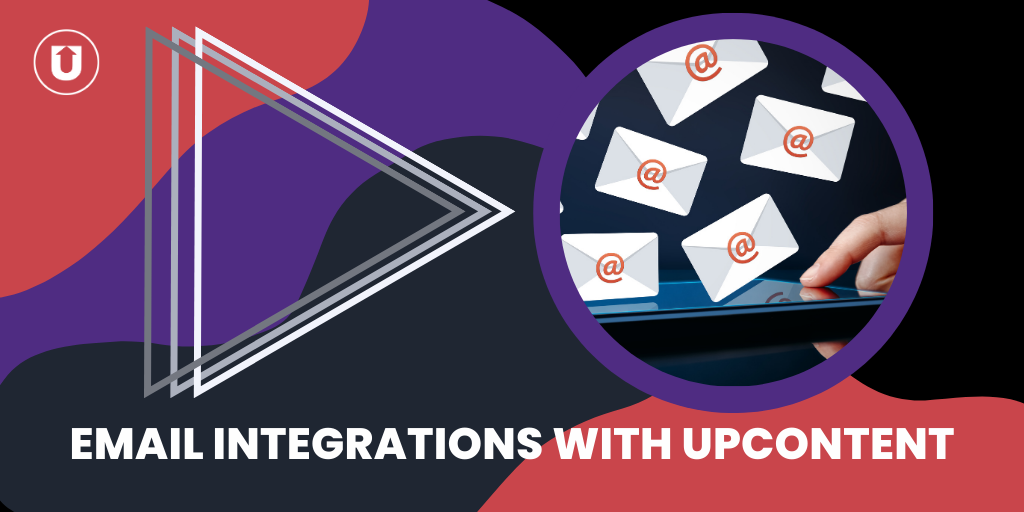Crafting A Curated Newsletter On A Weekly Basis: What We Think About Before Hitting Submit

Reach for your smartphone and click on nearly any app or any website and you will be presented with a curated experience based on your previous interactions.
Some websites and apps make it obvious that they have personalized your experience and some do not, but nearly all are getting on board with this idea because of how profitable it can be for them.
Additionally, user feedback as presented these websites with little choice but to make the experienced personalized or else fail to capture as much user engagement as they otherwise would have.
Curation does not stop at the doorstep of websites and apps. Numerous other products and services may be curated to make them more useful than ever for those who interact with them.
Today, we want to focus on the power of a curated newsletter and how such a newsletter may be published on a weekly basis without causing burnout among the creators or readers.
Presenting Information That People Care About
No one bothers to spend much time at all with a newsletter or other piece of content that is not engaging. Everyone has different tastes and preferences when it comes to what they want to read about, but content that is uninspiring will quickly be discarded for something else.
There is a nearly limitless supply of material available to view on the Internet, so it is not at all surprising that people expect the best from the content they view.
Scott Rogerson, the CEO of UpContent, recently gave an interview in which he detailed how our team delivers our own curated newsletters on a weekly basis. An important quote from Rogerson regarding how his company shares this vital content is as follows:
.....when an article is interacted with, we want to remind the individual how they got there and who brought them there..
What he is conveying here is the fact that we do not want their users to forget how they receive the information that they clearly find valuable.
After all, those users would not have interacted with the content at all if there wasn't something useful contained within.
The reminders are not a way of throwing UpContent in their face, but they are a great way to maintain relevance and keep people coming back for more.
A simple pop-up that lets users know where they were directed to this information from in the first place is the way that we have made this work for them.
Newsletters As A Collaborative Effort
The newsletter as a collaborative team effort is a golden idea.
The newsletter is simply not the domain of just one individual or the head of the company. Rather, it should belong to all the various creative types across the company.
Adding insights and inputs from a whole team of employees helps make the newsletter in multiple ways including the following:
- Sharing The Workload - Newsletters can be fun and creative, but they can also be labor intensive. No one wants to feel like they are an island adrift at sea trying to finish out the workload that is the newsletter. Instead of piling this all on the shoulders of one individual and possibly compromising their regular workload, it is advisable to try to spread it around.
- Mix Up The Types Of Articles Shared - A benefit of having multiple contributors to the newsletter is that different people are likely to choose different types of materials to include in that newsletter. Everyone has different preferences for what they would like to see included, and a collaborative effort makes it far more likely that diversity will shine through in the newsletter.
- Learn More About Your Team - When everyone gets together to work on this piece of material they begin to learn more about one another. As the writing, editing, and sharing sessions carry on, the personalities of various employees tend to rise to the surface. This can help people learn more about one another and come to a greater understanding of the people that they interact with every day.
There are some people who have an obsession with trying to take care of every aspect of a new business idea all on their own.
It is understandable that some business owners and managers get this mentality. It is likely what helped land them in the position that they sit in today, but it can be damaging to the creative process.
It is a better leadership move to allow for a whole team of people to work on this project together to get it just right.
Understanding The Power Of Imagery
You simply cannot underestimate the power that an image has on getting people to click on an e-mail newsletter to read more.
Marketing studies show that the likelihood of someone clicking to read more about something spike when an image is present.
Human beings are visual creatures who are drawn to certain types of images, and we will naturally be drawn into reading more when articles contain imagery that appeals to us.
Campaign Monitor, a website dedicated to everything marketing, has provided the following insight about why an image is so much more powerful than simple words:
Using screenshots in your email campaigns can be a great way to showcase new features or products. Instead of simply explaining the way your application or website works, give readers a visual overview of it so they can see for themselves just what they could be getting.
Reading is the end goal for a user, but drawing them in to actually reach that point is what the image selection process is all about.
This ought to be a part of the newsletter creation process that receives just as much if not more time than the content itself.
Avoid Being Robotic
There is no reason why a newsletter needs to be robotic or stiff in its presentation. Try not to think of newsletter creation as something to be done mechanically.
There is no magic formula that makes it sync up perfectly, and there is no reason to desire that outcome either.
If there were a simple roadmap to follow that led to the perfect newsletter, then everyone would already be doing this, and there would be no room in the world to have newcomers arrive on the scene to make a splash as it were with their own newsletters.
Article types that are included in the newsletter should span a range of different ideas and perspectives.
Keying in on a particular topic such as curation is perfectly acceptable, but this does not mean that every single article in the newsletter should be on that same topic.
Look For Signs Of Failure
It is easy to look at the metrics that tell us that we are doing well. What are we to do about the metrics that say that we are struggling?
Those are a lot harder to look at from an ego perspective, but they are likely a lot more useful to examine if your objective is personal and professional growth.
What are some signs of a newsletter that is struggling to reach its audience?
- Net loss of subscribers/readers
- The newsletter is bland and lacks design flare
- The newsletter has become a chore you would rather not do
- People just don't care about what you have to say anymore
- There is no inbound traffic growth from the newsletter
All of these signs can creep up and may initially be easy to ignore.
However, admitting that there is an issue with the newsletter is the first step to beginning to resolve it. You don't correct a problem by putting your head in the sand.
That never works, and it is most likely causing additional turmoil and delays in creating the perfect product.
Don't Be Afraid To Produce Your Newsletter More Frequently
We always look for ways that we can provide additional value to our readers, and we try to do so as often as possible without being annoying.
We care about topics such as content curation, marketing, and even the city of Pittsburgh (this is where we are based!).
When we see an interesting article about any of these topics, we vet it and consider if we want to add it to our next newsletter. That is how you should approach it as well.
Many creators are afraid to put out their newsletter too often, but that may be a mistake! Too many creators err on the side of caution about posting too frequently, but they may not be creating often enough.
People would not have subscribed to the newsletter if they didn't have a genuine interest in what you had to share with them. Thus, you should take this as a sign that they likely want to hear about the topics you share on a regular basis.
You will quickly see a decrease in engagement if you actually are posting too frequently, and that is the only time that you should consider pulling back and reconsidering your approach.
Just Get Started
The biggest stumbling block for those that we have encountered up to this point is a lack of follow through on getting the newsletter submitted in the first place.
Most companies and individuals understand that they should do a newsletter, but they don't necessarily put in the effort necessary to get it done.
They never get to see if their ideas for a newsletter will be successful or not because they never try them in the first place.
We strongly urge all of those fence-sitters to make a heartfelt effort to produce their first newsletter. It is the only way to begin to see if there is any validity or not to what they are attempting to do.
Start now and see how much of an impact these newsletters can really have.
Image Credit:
"The Email" by bengrey is licensed under CC BY-SA 2.0



